Home>Furniture & Design>Bathroom Accessories>What Is The Best Way To Use A Cat Toothbrush
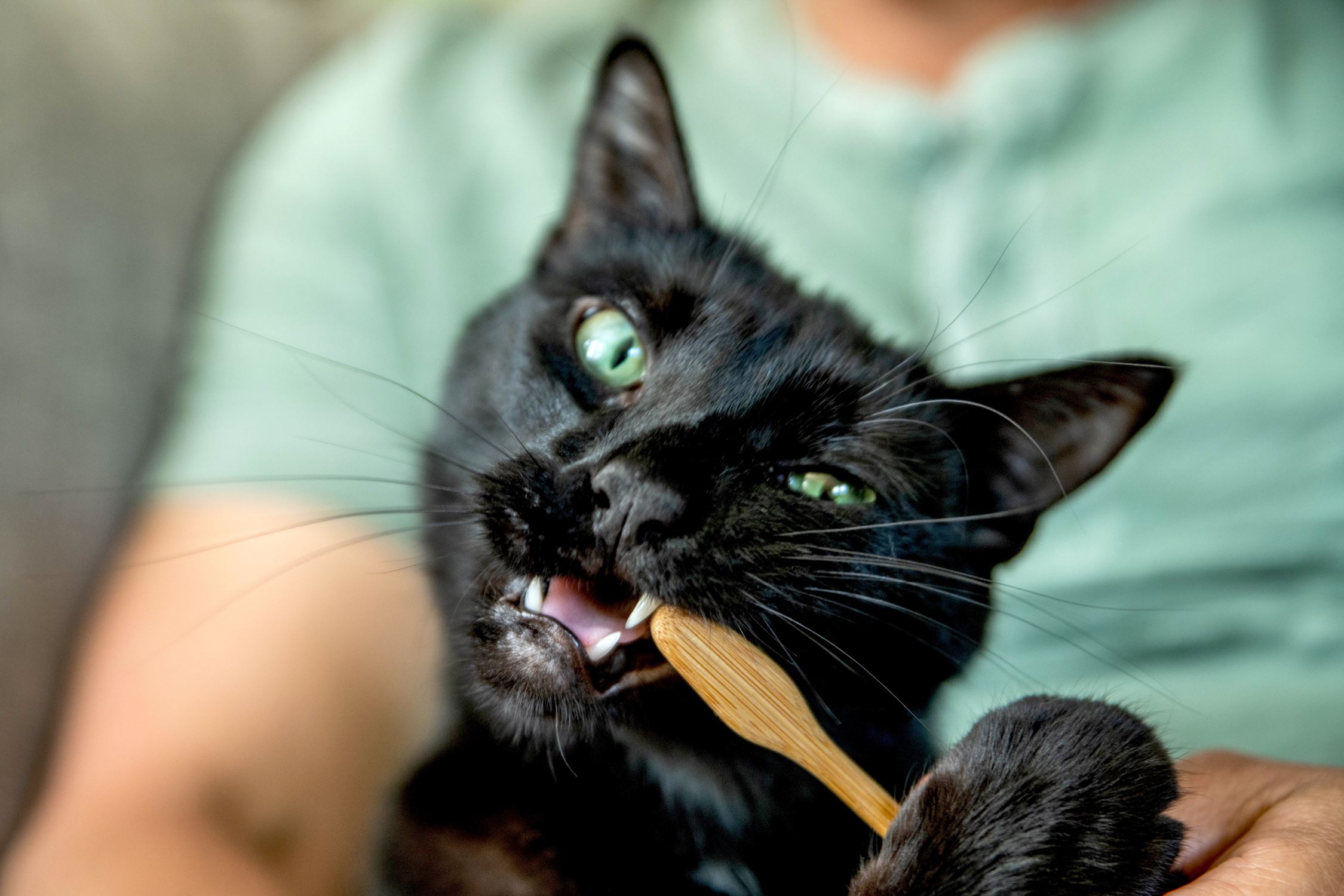

Bathroom Accessories
What Is The Best Way To Use A Cat Toothbrush
Modified: March 2, 2024
Discover the best techniques for using a cat toothbrush and maintaining your bathroom accessories. Keep your feline friend's dental health in top condition.
(Many of the links in this article redirect to a specific reviewed product. Your purchase of these products through affiliate links helps to generate commission for Storables.com, at no extra cost. Learn more)
Introduction
Cats are beloved members of countless households, bringing joy, comfort, and companionship to their owners. As responsible pet parents, it's crucial to prioritize the health and well-being of our feline friends. One often overlooked aspect of cat care is dental hygiene. Just like humans, cats require regular dental care to maintain their overall health. This includes brushing their teeth, a task that may seem daunting at first but is essential for preventing dental issues and ensuring your cat's well-being.
In this comprehensive guide, we will delve into the best practices for cat dental care, focusing on the proper use of a cat toothbrush. We'll explore the importance of maintaining your cat's dental health, the selection of the right toothbrush and toothpaste, and provide a step-by-step guide to brushing your cat's teeth effectively. Additionally, we'll share valuable tips for making the toothbrushing experience positive for both you and your feline companion.
By the end of this guide, you'll have a deeper understanding of the significance of cat dental care and the confidence to embark on this essential aspect of pet parenting. Let's embark on this journey to ensure the well-being of our beloved feline companions.
Key Takeaways:
- Regular brushing with a small, soft toothbrush and cat-specific toothpaste is crucial for preventing dental issues in cats, promoting their overall health, and strengthening the bond between cats and their owners.
- Creating a positive toothbrushing experience for cats through patience, gradual introduction, and positive reinforcement can make dental care enjoyable, stress-free, and beneficial for both cats and their owners.
Read more: What To Use Instead Of A Toothbrush
Importance of Cat Dental Care
Maintaining proper dental care for your cat is paramount to their overall health and well-being. While many pet owners focus on providing a balanced diet, regular exercise, and grooming, dental hygiene is often overlooked. However, neglecting your cat's dental care can lead to a myriad of health issues, including periodontal disease, tooth decay, and oral pain.
Periodontal disease, in particular, is a common yet serious condition that affects cats. It begins with the accumulation of plaque and tartar on the teeth, eventually leading to inflammation and infection of the gums. If left untreated, periodontal disease can result in tooth loss and may even contribute to systemic health problems, such as heart and kidney disease.
By prioritizing your cat's dental care, you can prevent these potential health issues and ensure their comfort and well-being. Regular brushing, along with professional dental cleanings as recommended by your veterinarian, can significantly reduce the risk of dental problems and contribute to your cat's overall health.
Moreover, maintaining good dental hygiene can also help in detecting other health issues early. During regular brushing, you may notice abnormalities such as lumps, bumps, or lesions in your cat's mouth, which could be indicative of more serious health concerns. Early detection of such issues can lead to timely intervention and treatment, potentially saving your cat from discomfort and preventing the progression of underlying health conditions.
In summary, cat dental care is not just about maintaining a sparkling smile; it is a crucial aspect of your cat's overall health. By prioritizing dental hygiene, you can prevent dental diseases, contribute to your cat's comfort, and potentially detect other health issues early. With this understanding of the importance of cat dental care, let's explore the best practices for ensuring your feline companion's dental well-being.
Choosing the Right Cat Toothbrush
When it comes to choosing the right toothbrush for your feline friend, several factors should be considered to ensure an effective and comfortable brushing experience. The first and foremost consideration is the size of the toothbrush. Opt for a toothbrush specifically designed for cats, as their smaller mouths and delicate teeth require a brush that is appropriately sized. A toothbrush with a smaller head and softer bristles is ideal for reaching all areas of your cat's mouth without causing discomfort.
Furthermore, the handle of the toothbrush should be easy to grip, allowing you to maneuver it comfortably while brushing your cat's teeth. Some toothbrushes feature ergonomic handles with anti-slip grips, providing better control and ease of use during the brushing process. Additionally, consider the flexibility of the toothbrush, as a flexible neck can make it easier to reach the back teeth and other challenging areas within your cat's mouth.
Another crucial aspect to consider is the type of bristles on the toothbrush. Opt for toothbrushes with soft bristles, as they are gentle on your cat's gums and enamel while effectively removing plaque and food particles. Avoid using toothbrushes with hard bristles, as they can potentially cause discomfort and damage to your cat's delicate oral tissues.
In addition to traditional toothbrushes, there are alternative options such as finger brushes and dental sponges that can be used for cat dental care. Finger brushes fit over your fingertip and allow for more precise control when brushing your cat's teeth. They are particularly useful for cats who may be resistant to traditional toothbrushes. Dental sponges, on the other hand, are designed to be gentle on the gums and can be an excellent choice for cats with sensitive oral tissues.
When selecting a toothbrush for your cat, it's essential to consider their individual preferences and comfort. Some cats may prefer a specific type of toothbrush or bristle texture, so it may require some trial and error to find the most suitable option for your feline companion. By choosing the right cat toothbrush that aligns with your cat's needs and preferences, you can ensure a positive and effective dental care routine that contributes to their overall health and well-being.
Selecting the Best Cat Toothpaste
Choosing the right cat toothpaste is a crucial aspect of maintaining your feline companion's dental hygiene. Unlike human toothpaste, which often contains ingredients that are harmful to cats if ingested, cat-specific toothpaste is formulated to be safe for feline consumption. When selecting a cat toothpaste, several factors should be considered to ensure its effectiveness and safety for your cat.
First and foremost, opt for toothpaste that is specifically designed for cats. These toothpastes are formulated with flavors that appeal to cats, such as poultry or seafood flavors, making the brushing experience more enjoyable for your feline friend. The palatable taste of cat toothpaste can help in easing your cat into the toothbrushing routine, as they are more likely to accept the flavor and cooperate during the brushing process.
In addition to flavor, consider the ingredients in the cat toothpaste. Look for toothpaste that contains enzymatic or antibacterial properties, as these can aid in reducing plaque and tartar buildup, preventing dental issues, and promoting overall oral health. Enzymatic toothpaste works by breaking down and inhibiting the formation of plaque, while antibacterial toothpaste helps in controlling harmful bacteria in your cat's mouth. These properties can contribute to maintaining your cat's dental hygiene between professional cleanings and brushing sessions.
Furthermore, ensure that the toothpaste is free from potentially harmful ingredients such as xylitol, fluoride, and artificial sweeteners, which can be toxic to cats if ingested. It's essential to prioritize the safety of the toothpaste to prevent any adverse reactions or health issues in your cat. Always read the label and verify that the toothpaste is specifically formulated for cats and does not contain any harmful additives.
When introducing a new cat toothpaste, it's advisable to allow your cat to taste a small amount before beginning the brushing process. This can help in familiarizing your cat with the flavor and texture of the toothpaste, making them more receptive to the brushing routine. Additionally, consider your cat's individual preferences when selecting a toothpaste flavor, as some cats may have specific flavor preferences that can make the toothbrushing experience more enjoyable for them.
By selecting the best cat toothpaste that is appealing to your cat and formulated with safe and effective ingredients, you can establish a positive dental care routine that contributes to your cat's overall oral health. The right toothpaste, combined with regular brushing and professional dental care, can help in preventing dental issues and ensuring the well-being of your beloved feline companion.
Step-by-Step Guide to Brushing Your Cat's Teeth
Brushing your cat's teeth may seem like a daunting task, but with patience, gentle approach, and the right technique, it can become a positive and beneficial routine for both you and your feline companion. Here's a comprehensive step-by-step guide to help you navigate the process of brushing your cat's teeth effectively:
-
Introduce the Toothbrush: Start by introducing the toothbrush to your cat gradually. Allow them to sniff and investigate the toothbrush to familiarize themselves with it. This can help in reducing any apprehension or resistance when it comes time to brush their teeth.
-
Familiarize Your Cat with Toothpaste: Prior to brushing, allow your cat to taste a small amount of cat-specific toothpaste. Gently apply a small dab of toothpaste to their lips or gums, allowing them to lick it off. This step helps in acclimating your cat to the taste and texture of the toothpaste, making them more receptive to the brushing process.
-
Choose a Calm Environment: Select a quiet and comfortable environment for the toothbrushing session. Minimize distractions and create a calm atmosphere to help your cat feel at ease during the process.
-
Gently Hold Your Cat: Approach your cat calmly and gently, and hold them securely but gently in your lap or on a stable surface. It's essential to ensure that your cat feels safe and supported throughout the brushing session.
-
Lift the Lips and Begin Brushing: Gently lift your cat's lips to expose their teeth and gums. Using a small amount of cat toothpaste on the toothbrush, begin brushing in gentle, circular motions. Focus on the outer surfaces of the teeth, as this is where plaque and tartar tend to accumulate.
-
Be Patient and Consistent: Initially, start with short brushing sessions, gradually increasing the duration as your cat becomes more comfortable with the process. It's important to be patient and consistent, as it may take time for your cat to adjust to having their teeth brushed.
-
Reward and Praise: After each brushing session, offer praise, affection, and a small treat to positively reinforce the experience for your cat. Positive reinforcement can help in creating a more positive association with toothbrushing.
-
Monitor Your Cat's Response: Pay attention to your cat's body language and response during and after the brushing session. If your cat shows signs of distress or discomfort, pause the session and try again later. It's crucial to prioritize your cat's comfort and well-being throughout the process.
By following this step-by-step guide and approaching the toothbrushing process with patience and gentleness, you can establish a positive dental care routine for your cat. Regular brushing, combined with professional dental cleanings as recommended by your veterinarian, can contribute to maintaining your cat's oral health and overall well-being.
Read more: What Is The Best Toothbrush
Tips for Making the Toothbrushing Experience Positive
Ensuring a positive toothbrushing experience for your cat is essential for establishing a successful dental care routine. By incorporating the following tips, you can create a more enjoyable and stress-free environment for both you and your feline companion during toothbrushing sessions.
1. Gradual Introduction:
Introduce the toothbrushing process gradually to allow your cat to acclimate to the routine. Start by simply touching their lips and gently lifting them to simulate the brushing motion. This gradual introduction can help in reducing any initial resistance or fear associated with the toothbrush.
2. Patience and Consistency:
Patience is key when it comes to making the toothbrushing experience positive for your cat. Be consistent in your approach and maintain a calm and reassuring demeanor throughout the process. It's important to understand that some cats may take longer to adjust to toothbrushing, so consistency and patience are crucial.
3. Positive Reinforcement:
Offer positive reinforcement in the form of praise, affection, and small treats after each successful toothbrushing session. Creating a positive association with the experience can encourage your cat to cooperate during future sessions. Additionally, using a soothing and reassuring tone while brushing can help in alleviating any anxiety or apprehension your cat may have.
Read more: What Is The Best Sonicare Toothbrush
4. Short, Frequent Sessions:
Initially, start with short brushing sessions, gradually increasing the duration as your cat becomes more comfortable. Short, frequent sessions can prevent overwhelming your cat and allow them to gradually adapt to the process. Over time, your cat may become more receptive to longer brushing sessions.
5. Choose the Right Time:
Select a time when your cat is relaxed and calm for toothbrushing. Avoid attempting to brush their teeth when they are agitated or in an energetic state. By choosing the right time, you can create a more conducive environment for a positive toothbrushing experience.
6. Respect Your Cat's Limits:
It's important to respect your cat's limits and not force the toothbrushing process if they are showing signs of distress or discomfort. If your cat becomes agitated or resistant, take a break and try again later. Pushing your cat beyond their comfort level can lead to negative associations with toothbrushing.
By implementing these tips, you can significantly improve the toothbrushing experience for your cat, making it a more positive and manageable routine. Remember that every cat is unique, and it may take time to find the approach that works best for your feline companion. With patience, consistency, and a gentle approach, you can establish a successful toothbrushing routine that contributes to your cat's overall dental health and well-being.
Conclusion
In conclusion, prioritizing your cat's dental care is a fundamental aspect of responsible pet ownership. By understanding the significance of maintaining your cat's oral health, you can take proactive steps to prevent dental issues and contribute to their overall well-being. The process begins with selecting the right cat toothbrush and toothpaste, ensuring that they are tailored to your cat's specific needs and preferences.
Choosing a cat toothbrush that is appropriately sized, gentle on the gums, and easy to maneuver is essential for effective brushing. Additionally, considering alternative options such as finger brushes and dental sponges can provide flexibility in catering to your cat's comfort and brushing requirements. When it comes to selecting the best cat toothpaste, prioritizing safety, palatability, and effective dental properties is crucial. Enzymatic or antibacterial toothpaste formulated specifically for cats can aid in reducing plaque and tartar buildup, contributing to their oral health.
The step-by-step guide to brushing your cat's teeth provides a comprehensive approach to initiating and maintaining a successful toothbrushing routine. By introducing the toothbrush and toothpaste gradually, creating a calm environment, and offering positive reinforcement, you can establish a positive association with toothbrushing for your cat. Patience, consistency, and respect for your cat's limits are key elements in ensuring a positive toothbrushing experience.
Incorporating the provided tips for making the toothbrushing experience positive can further enhance the effectiveness and comfort of the dental care routine. By gradually introducing the process, offering positive reinforcement, and respecting your cat's pace, you can create a stress-free and enjoyable environment for both you and your feline companion during toothbrushing sessions.
Ultimately, by prioritizing your cat's dental care and implementing the best practices for brushing their teeth, you are taking proactive steps to prevent dental issues, contribute to their overall health, and strengthen the bond between you and your beloved feline companion. Regular brushing, combined with professional dental cleanings as recommended by your veterinarian, can significantly impact your cat's oral health and well-being.
With this comprehensive understanding of the importance of cat dental care and the best practices for using a cat toothbrush, you are equipped to embark on this essential aspect of pet parenting with confidence and compassion. By prioritizing your cat's dental health, you are investing in their long-term comfort, vitality, and happiness.
Frequently Asked Questions about What Is The Best Way To Use A Cat Toothbrush
Was this page helpful?
At Storables.com, we guarantee accurate and reliable information. Our content, validated by Expert Board Contributors, is crafted following stringent Editorial Policies. We're committed to providing you with well-researched, expert-backed insights for all your informational needs.
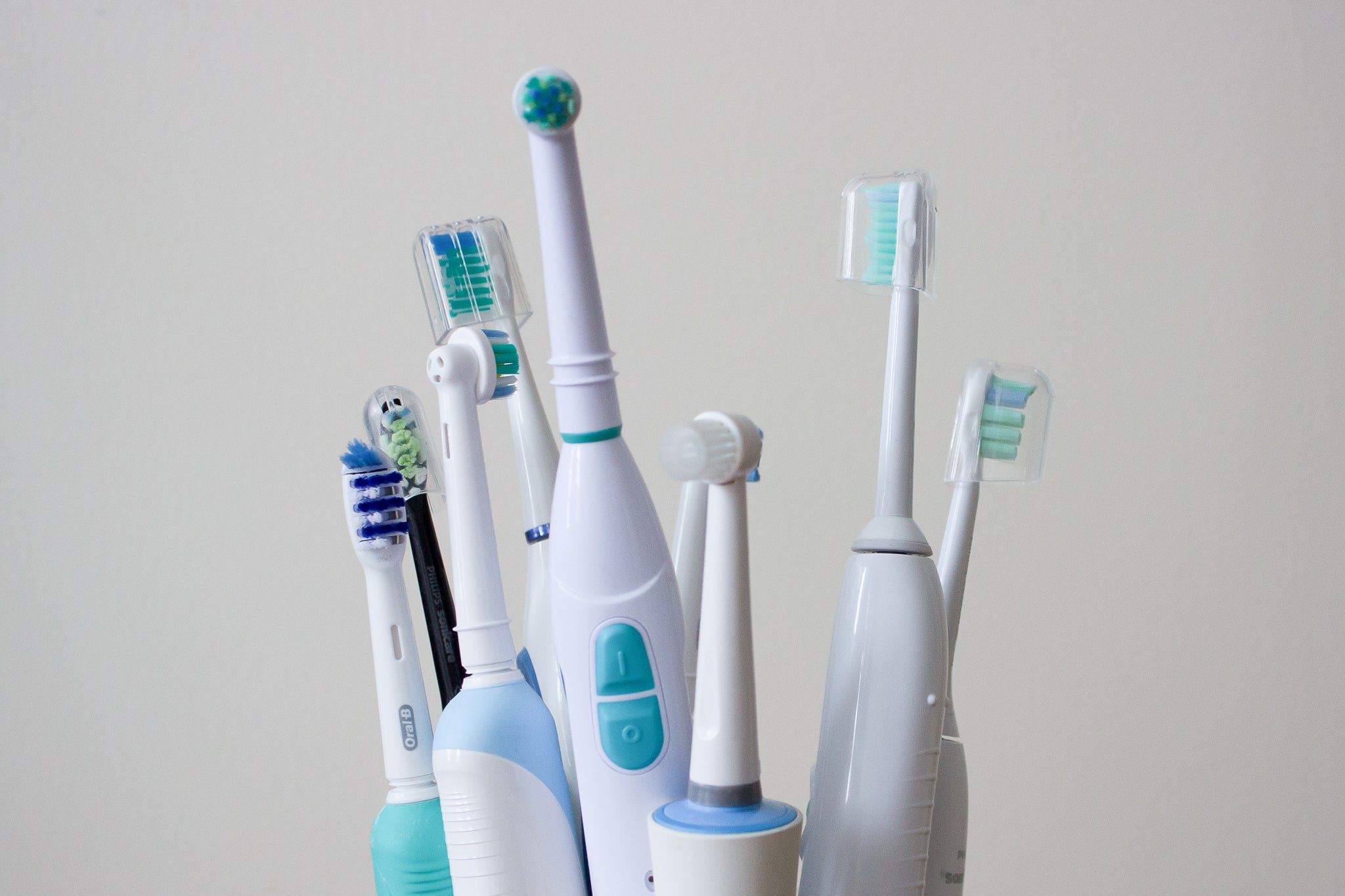
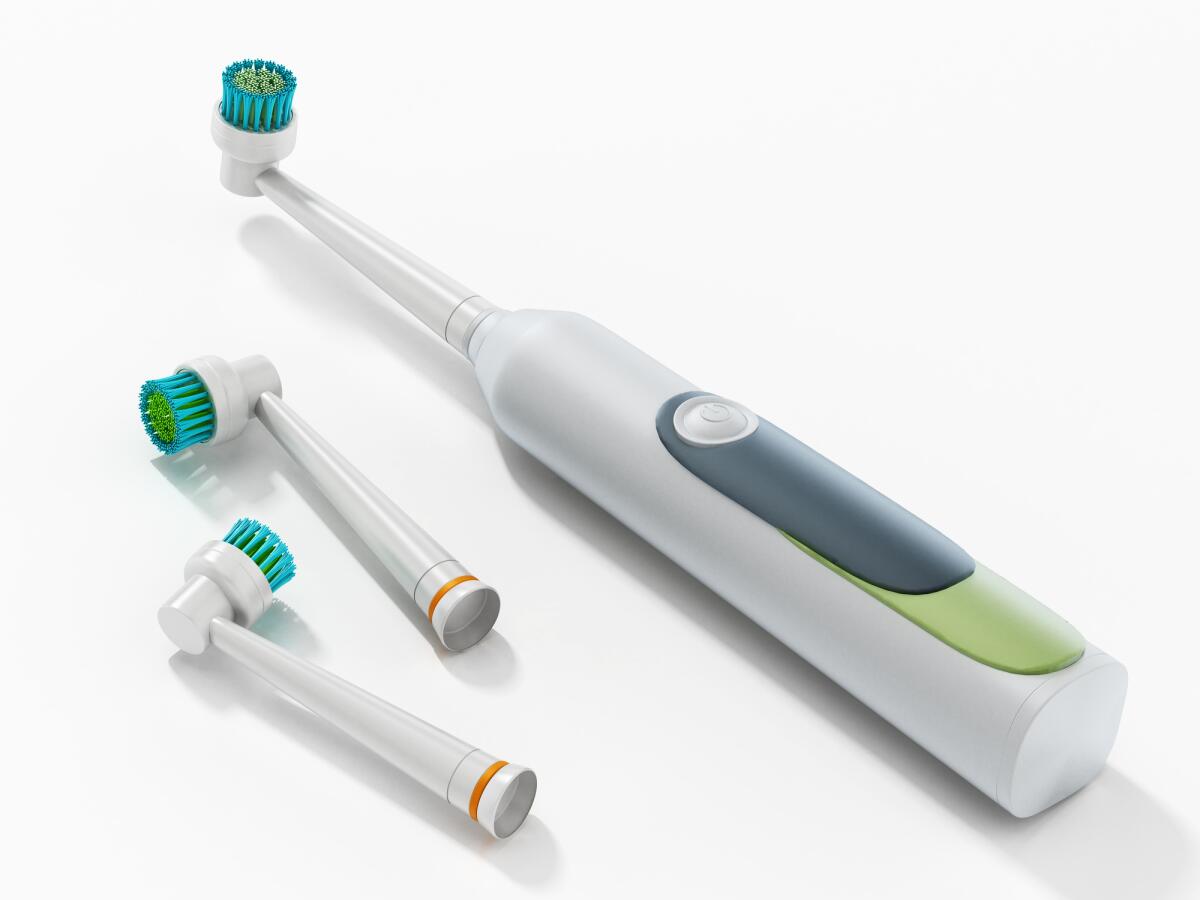
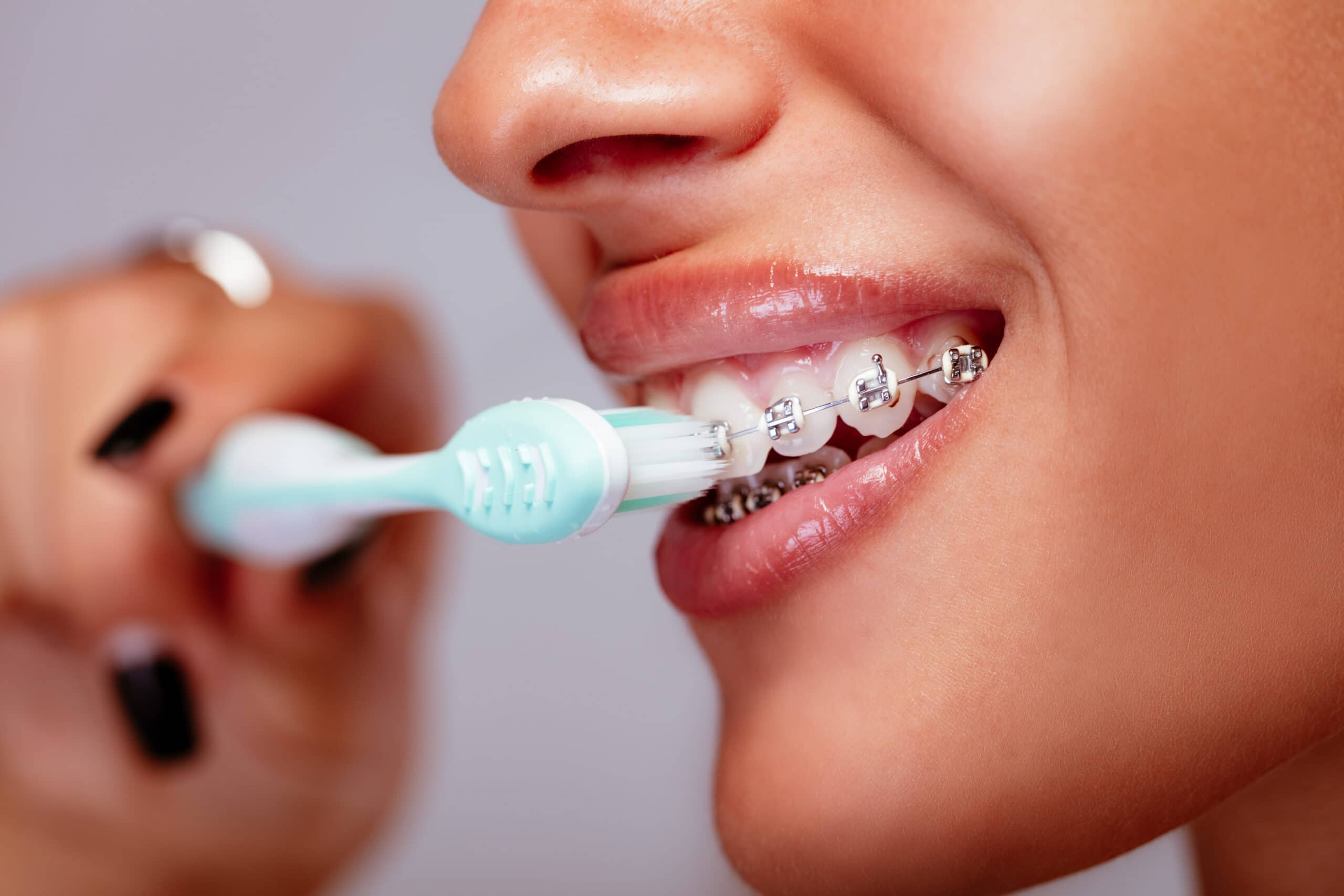
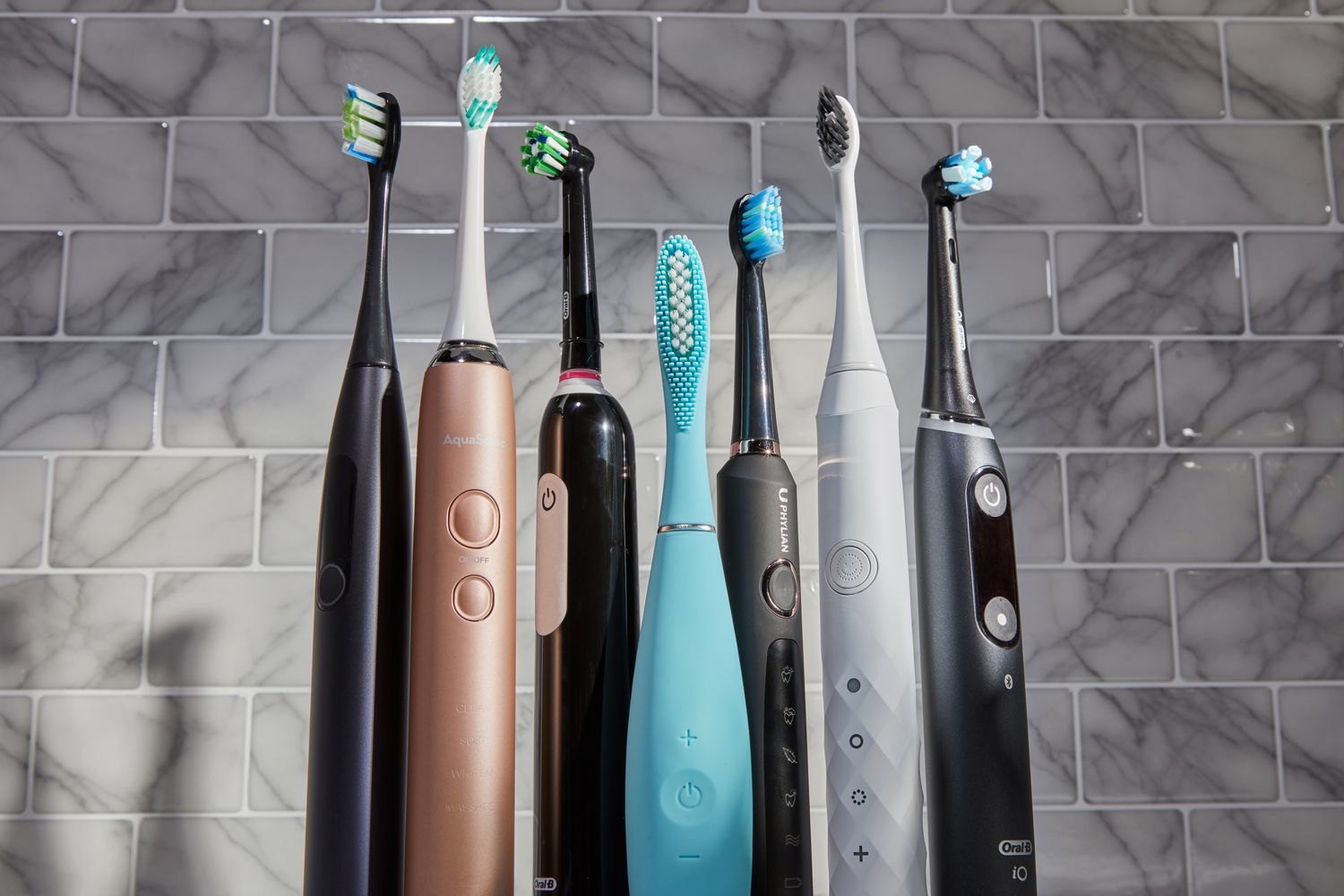
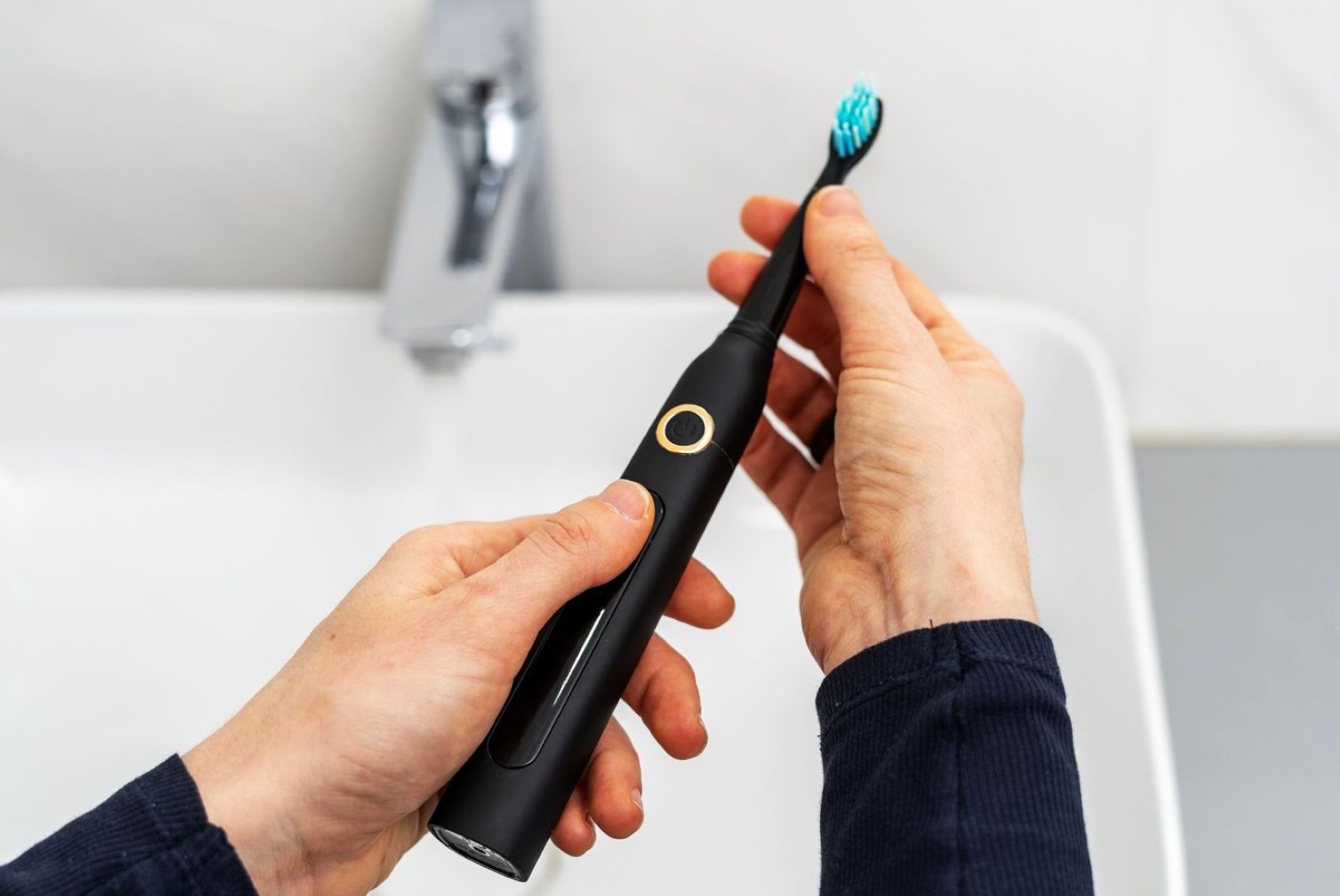
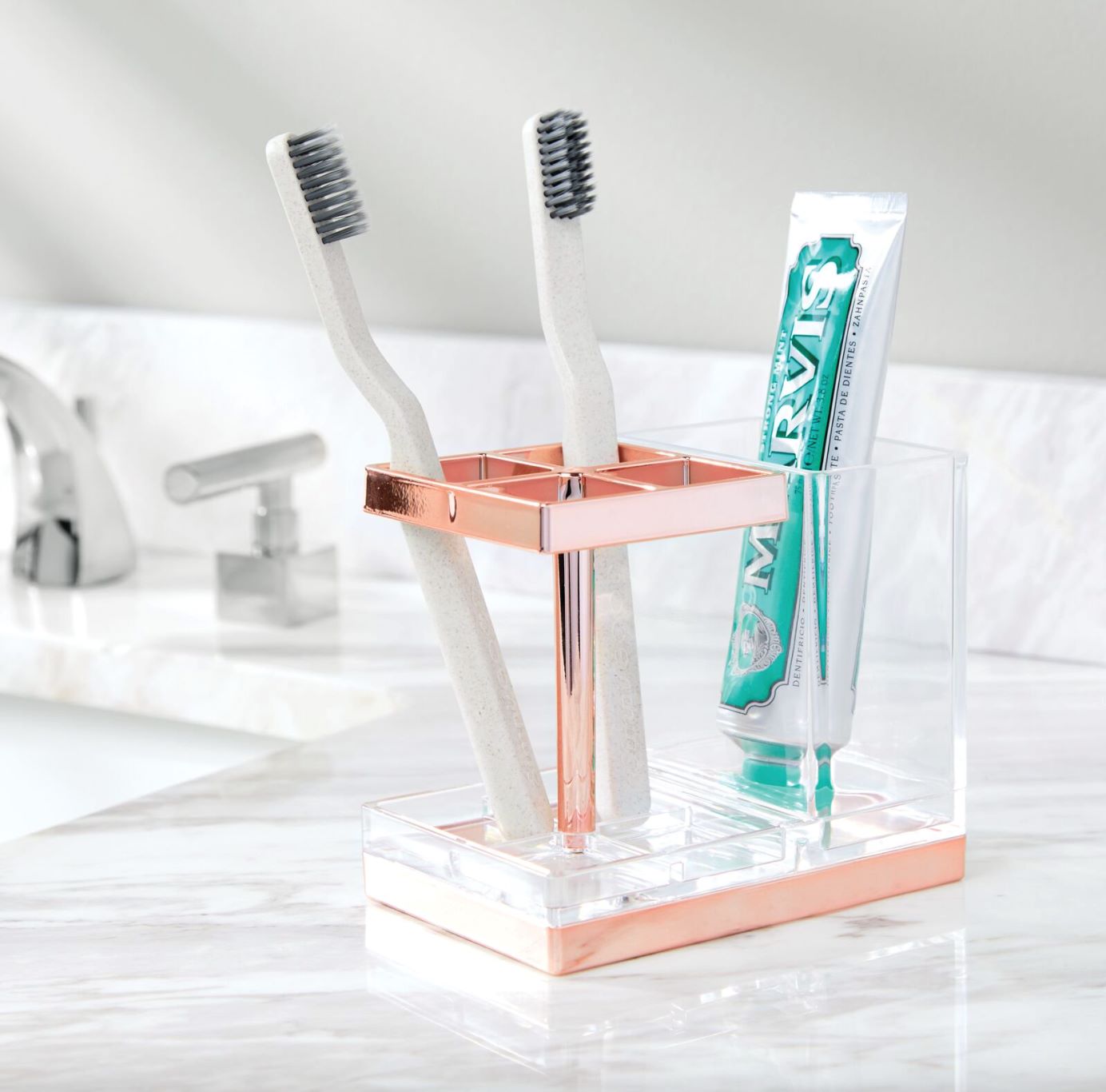
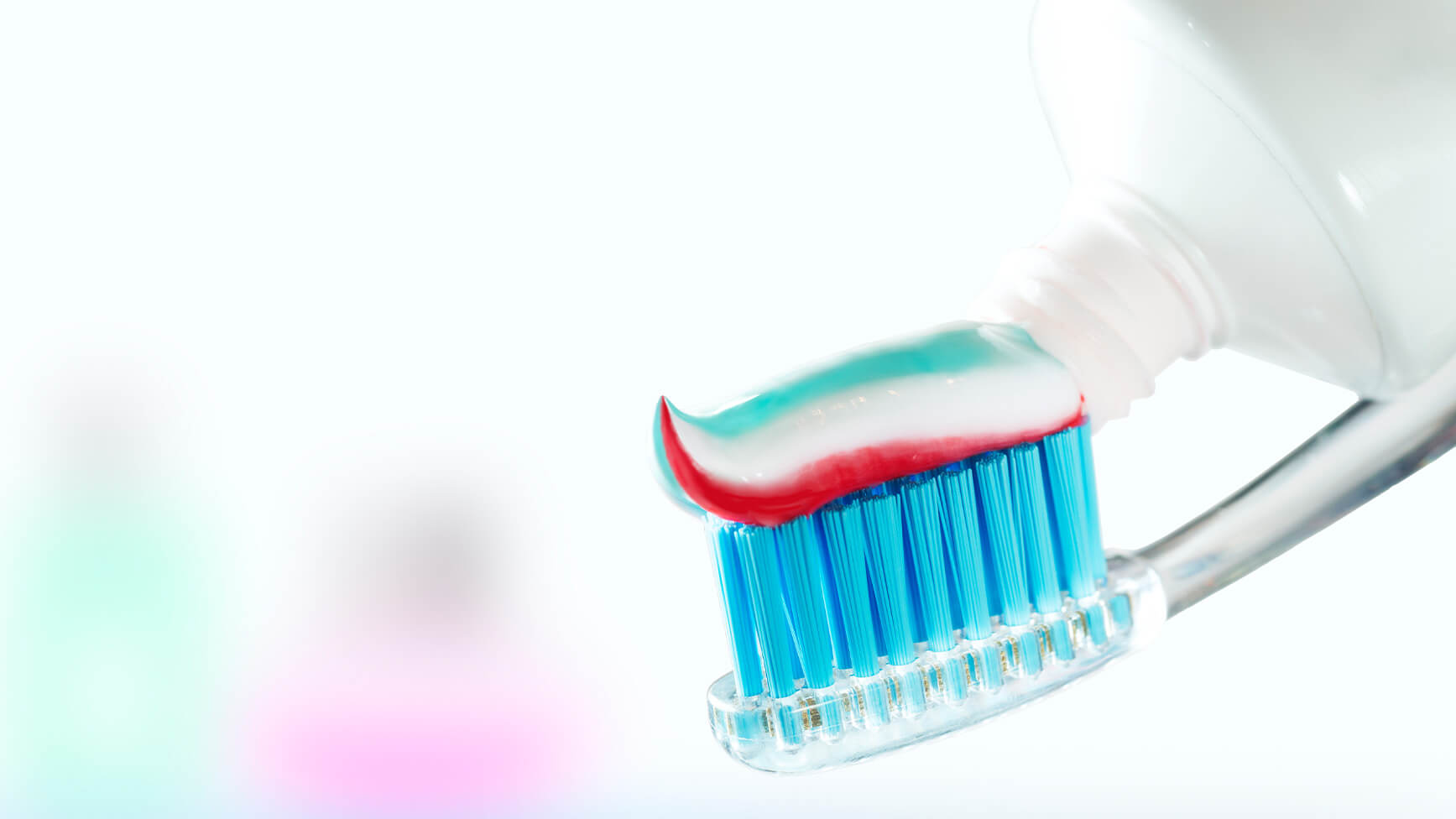
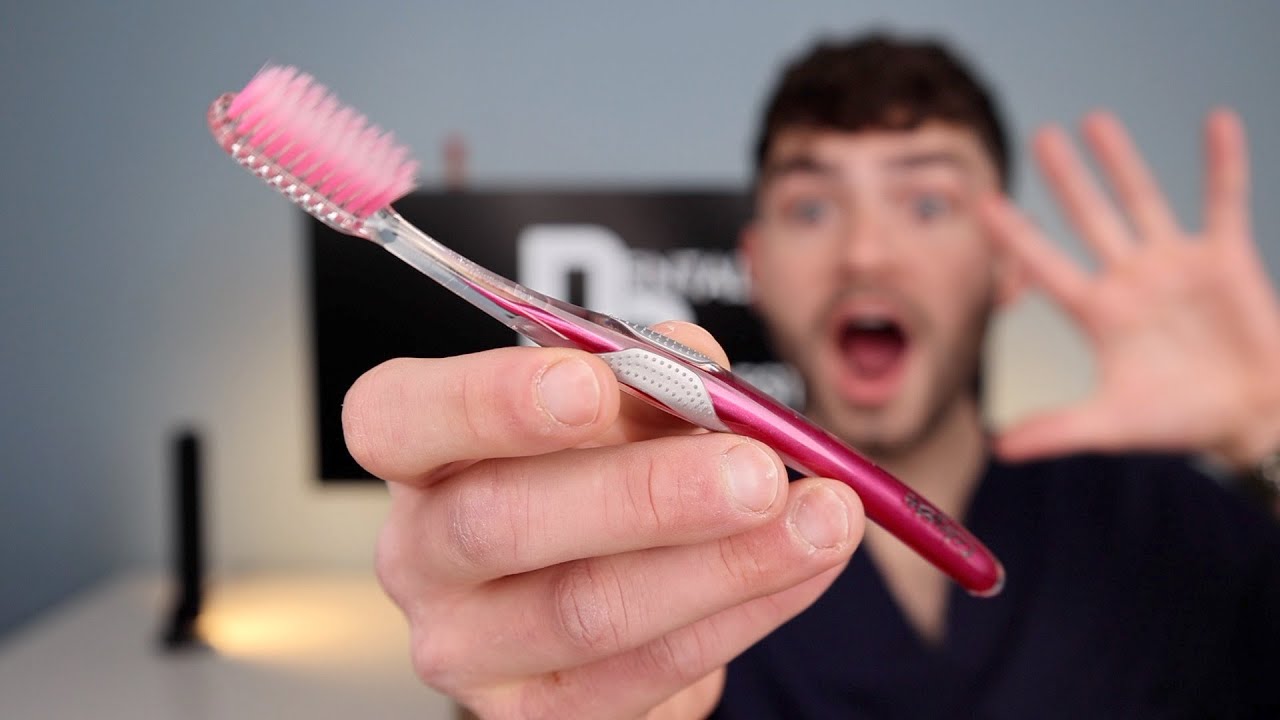
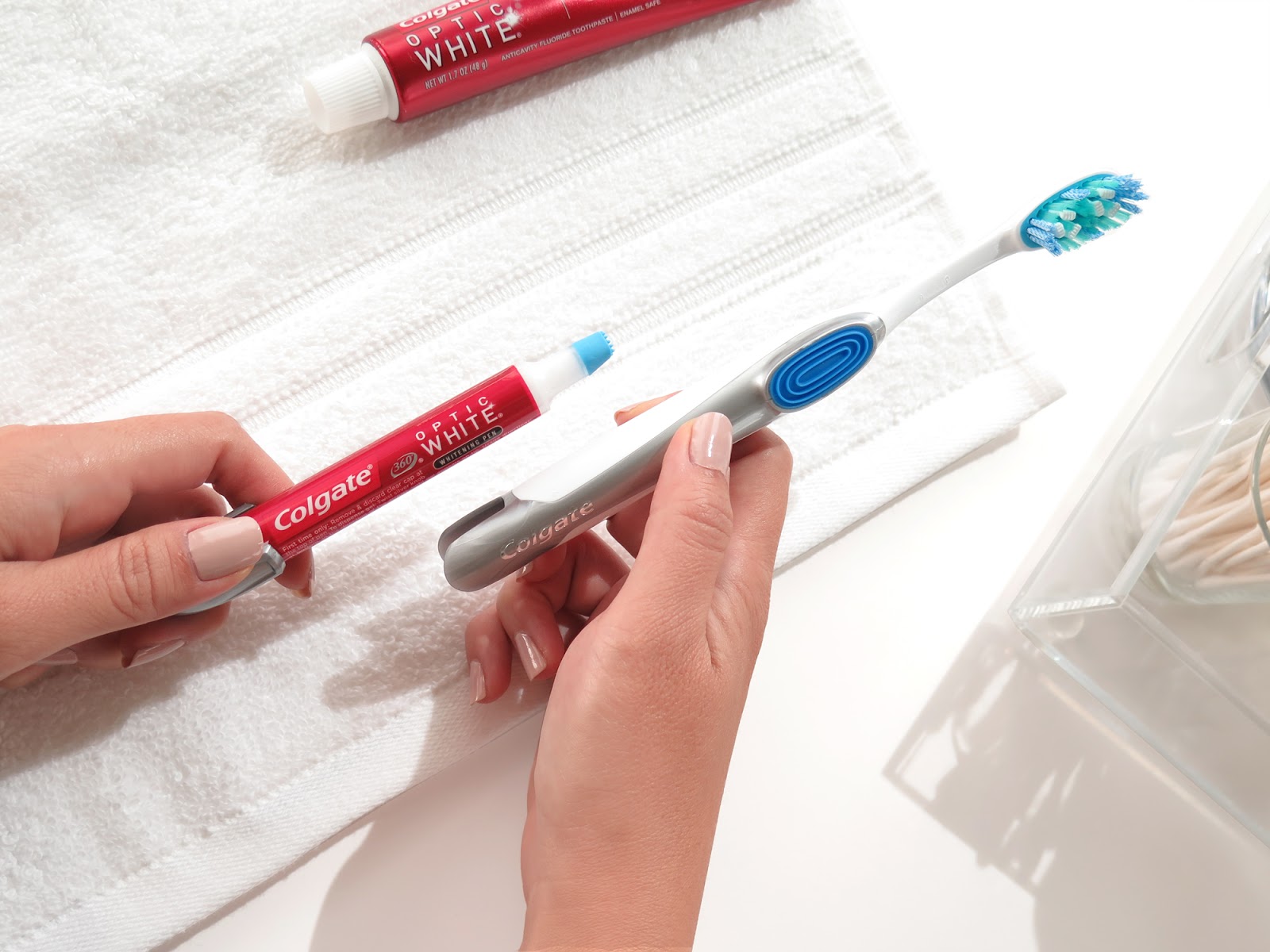
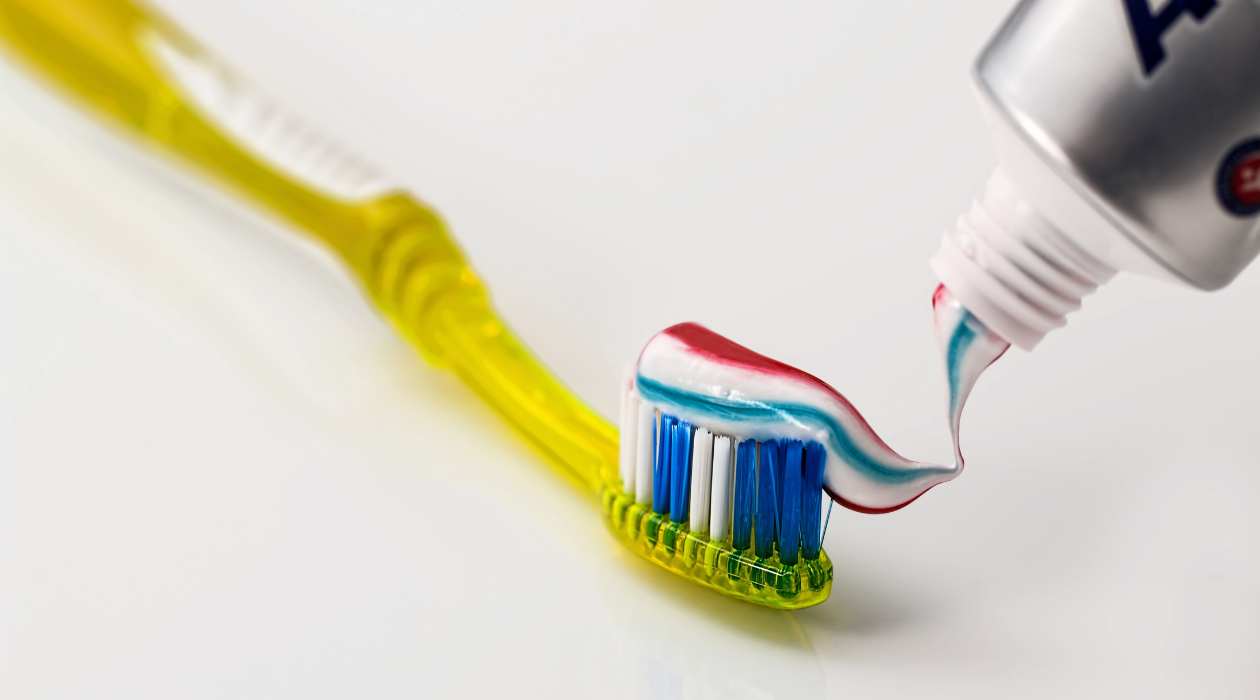
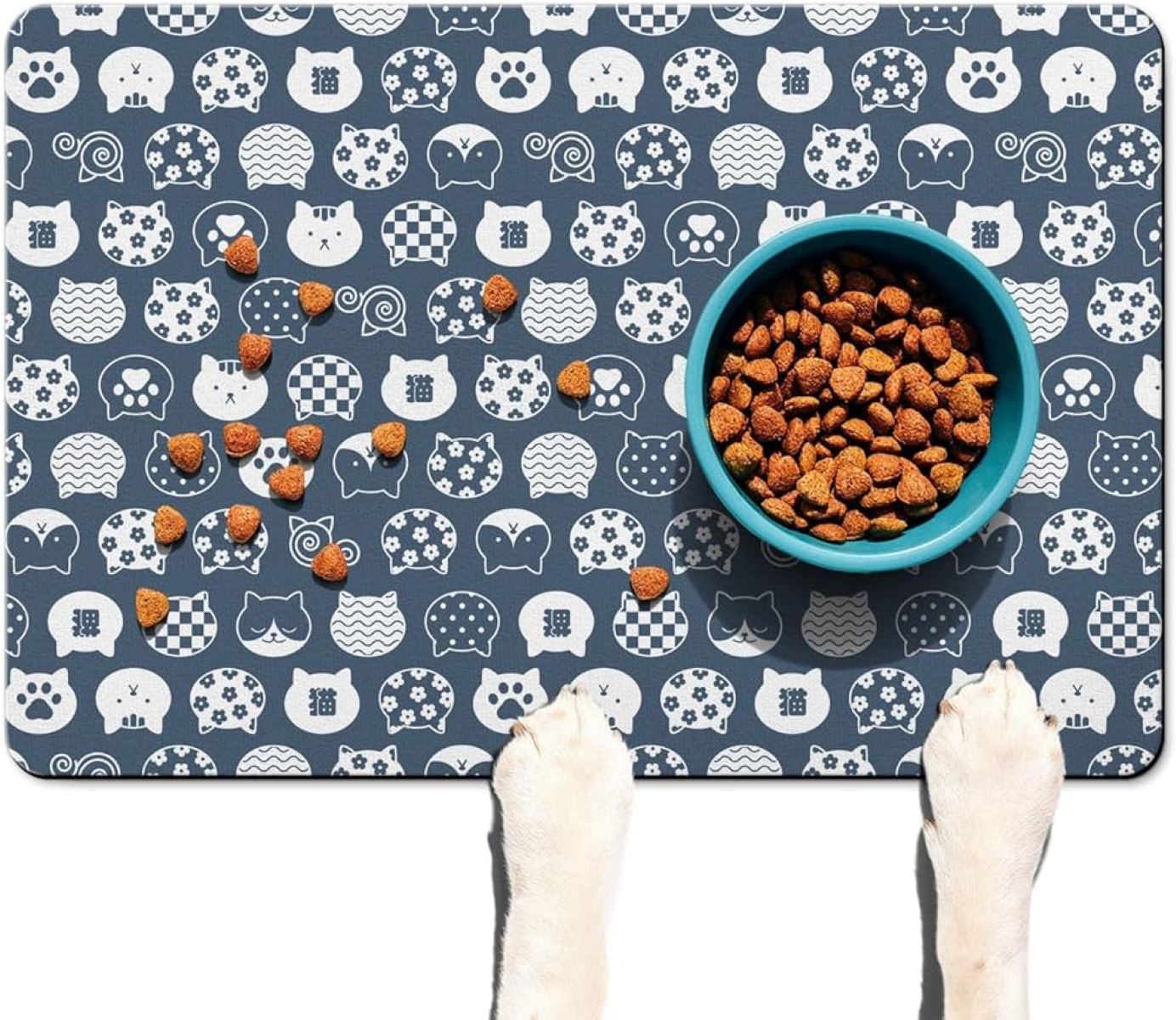
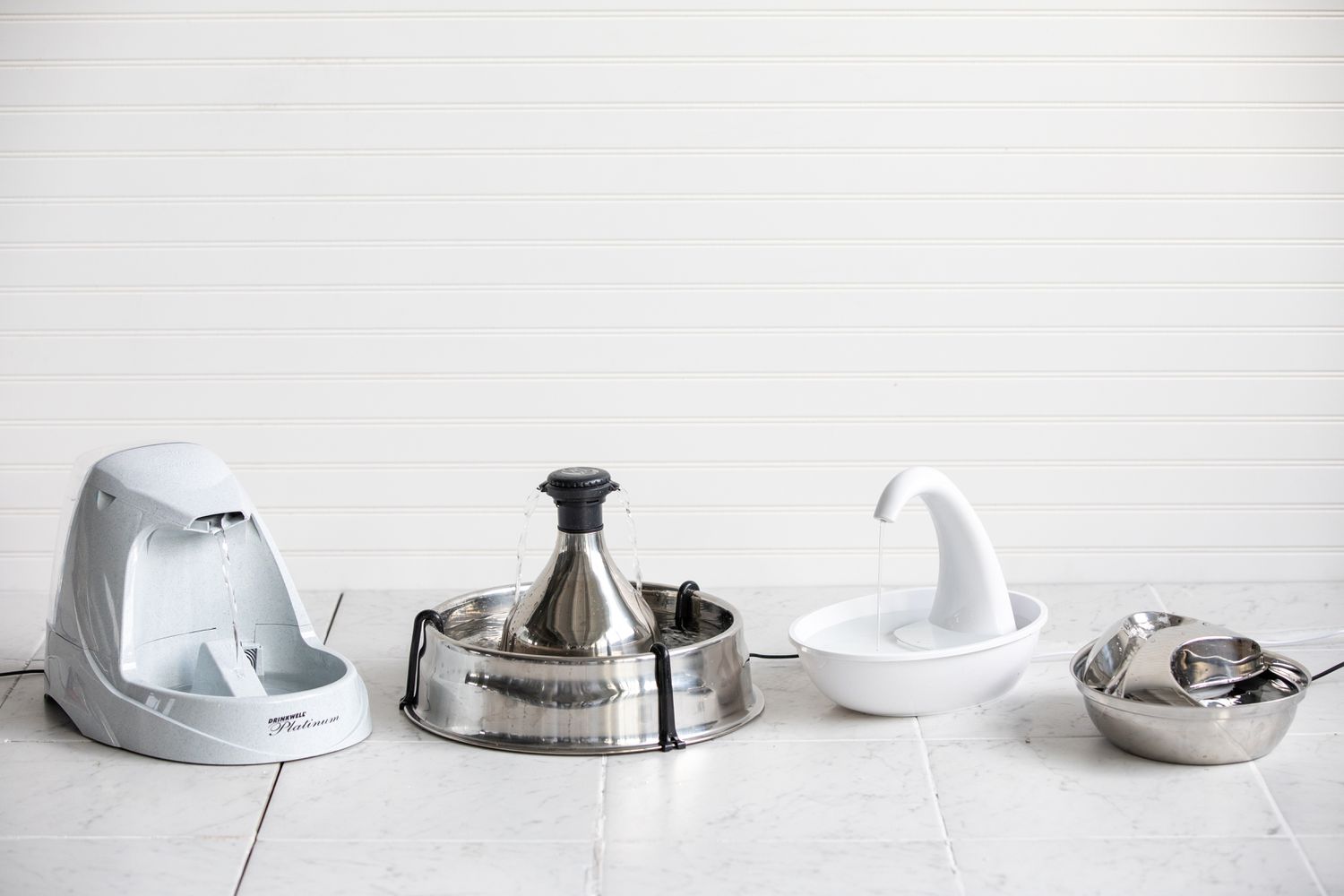
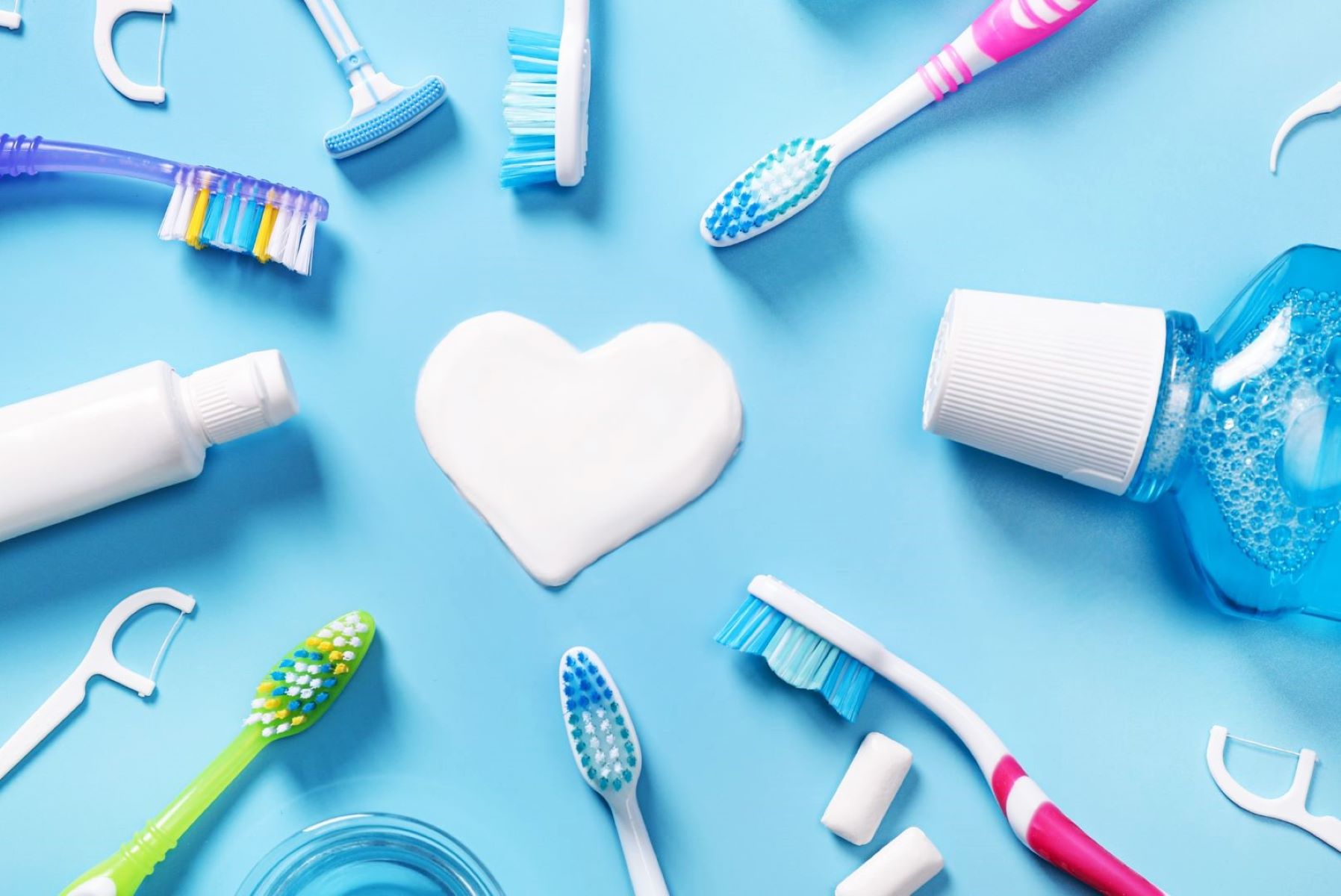

0 thoughts on “What Is The Best Way To Use A Cat Toothbrush”